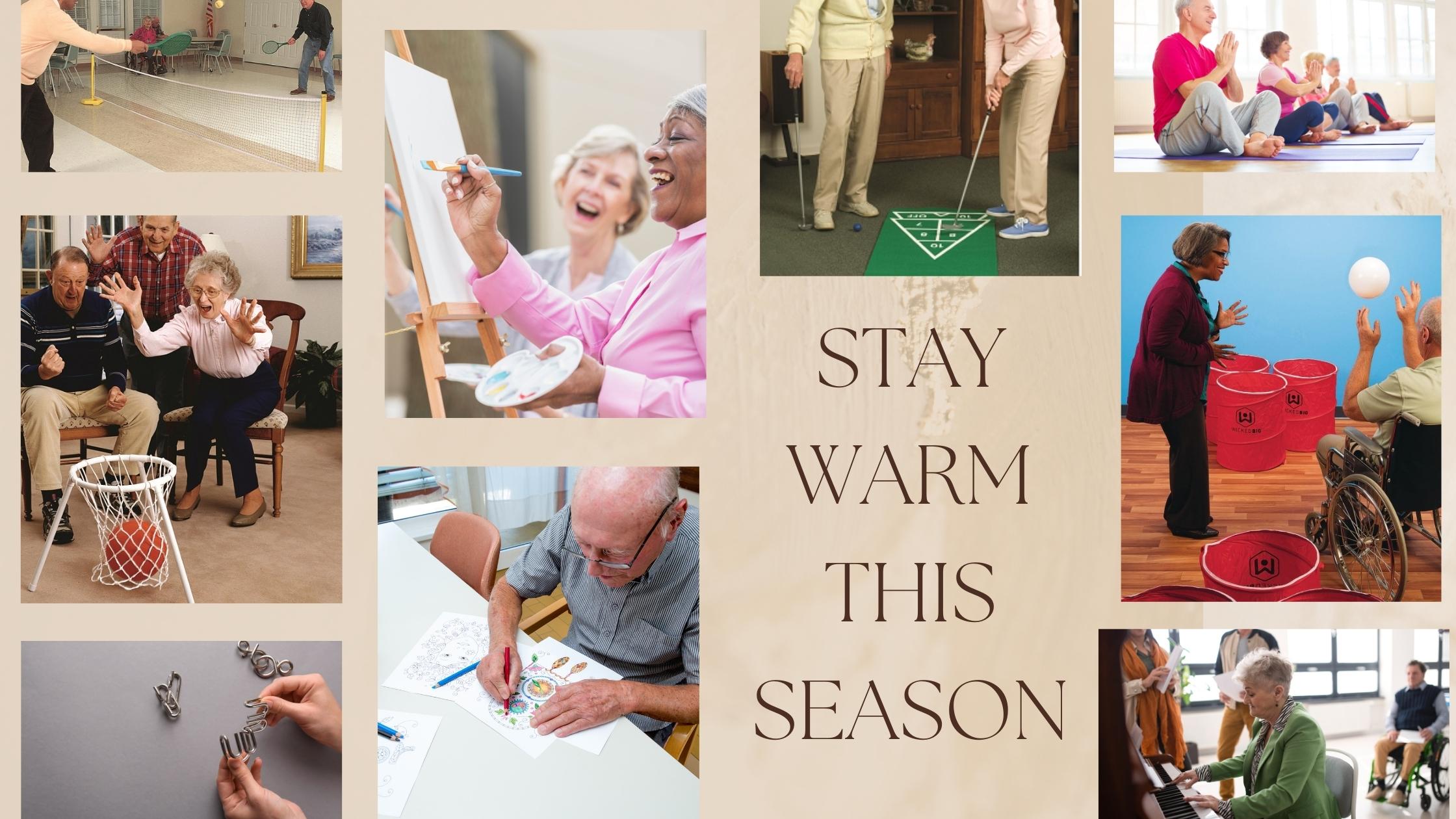The NBA, WNBA, NHL, and NFL leagues are all underway, so it’s time for you to recall the best sports team dynasty you can think of: The players on that team, each player’s role, and lastly, what set them apart from the other teams they competed against. What made them so successful? I have one hypothesis:
Culture.
The teams that are the most successful have a history of unrelenting culture - from the very top leader to the bottom. New members are indoctrinated into the routines, habits, standards, and codes of conduct set by seasoned players- players who want to win, who know how to win, and have a history of winning often. These seasoned players, or veterans, often spearhead the sports dynasties we see and support today, serving as an example of what can be achieved when skill and experience come together.
So how does this relate to senior care facilities?
Staff are much like the players on your favorite sports team - they are hired to do a job and do it to the best of their ability. However, in the same way that athletes cut contracts, request trades, and retire unexpectedly, there is a lot that happens behind the scenes that decides if the company is able to retain an employee or not. Whether it’s poor internal communication, lack of personal time, or salary disagreements, to name a few, there are plenty of reasons why an individual would choose to vacate a position and look elsewhere. Long story short, unhappy employees leave.
For skilled nursing facilities, this presents a problem because there is not, in fact, more fish in the sea. Unlike athletes, many of whom compete for the same position and sense of glory, CNAs and RN’s are not as plentiful and SNFs everywhere are already scraping the bottom of the barrel due to the new, pricey CMS mandates. It’s not a simple task to recruit and onboard new staff when you don’t even have the resources or time to pay for it.
So then the question becomes:
“Well, how do we ensure our current employees remain happy?”
Here are three ways:
1. Cultivate a positive work environment.
A toxic work environment is not only a deterrent in and of itself, but it amplifies patient and staff safety issues. Nobody likes to wake up and already dread going into work! In a study conducted by Sage Journals, it was found that workplaces that promoted an environment that encouraged teamwork and civility experienced lower rates of turnover, burnout and CMS penalties due to low-performance scores. Fostering a positive work environment can look like many things:
- Recognizing the work of employees publicly
- Frequently providing positive feedback to employees
- Creating open dialogue via check-ins or anonymous reviews
- Adding slowly to workloads in order to prevent burnout.
Simply by ensuring that your employees feel seen, heard, appreciated, and rested, you will drastically reduce the turnover rate of your employees.
2. Manage your scheduling.
Employees do best when they know what to expect and are capable of fulfilling what is being asked of them. Maintaining a predictable, transparent and organized schedule gives staff the confidence that comes with being prepared. Just like athletes, clinical staff can only be truly prepared if they know what the game plan is and how to execute it. Therefore, consider how you can increase the level of communication and transparency throughout your facility. Do you know who is on the floor at all times? Do you know the strengths and weaknesses of each employee and their ability to meet each residents’ needs? Do you know which employees are approaching overtime? Being aware of the finer details allows you to see where there is opportunity for schedule flexibility, shift limits, and mandated time off - all of which have been shown to improve employee happiness. In many ways, it all comes down to having visibility throughout your facility, allowing you to confidently direct and prepare staff in a way that improves efficiency, patient outcomes and job satisfaction.
3. Update your systems.
While it may seem costly upfront, updating your systems will only pay off in the long run. In an industry that is already stressful and time sensitive, the last thing employees want to deal with is software and technology issues. Staff have residents and patients that rely on them to provide high-quality, timely and complete care, which is made harder when the technology is slow, poorly designed and dysfunctional. Keeping your software and operating system up to date will allow you to streamline the coordination of care between various interdisciplinary teams, enhance your cybersecurity measures, and reduce frustrations related to administrative failures.
In conclusion, experience and skill wins championships, regardless of what uniform is being worn. Make sure your team has the leaders (and followers) it needs to be successful!
Have any of your own tips to add? Let us know!
/Prime-Care-Technologies-Logo.png?width=191&height=55&name=Prime-Care-Technologies-Logo.png)


/PCT-Trans.png)

.jpg)